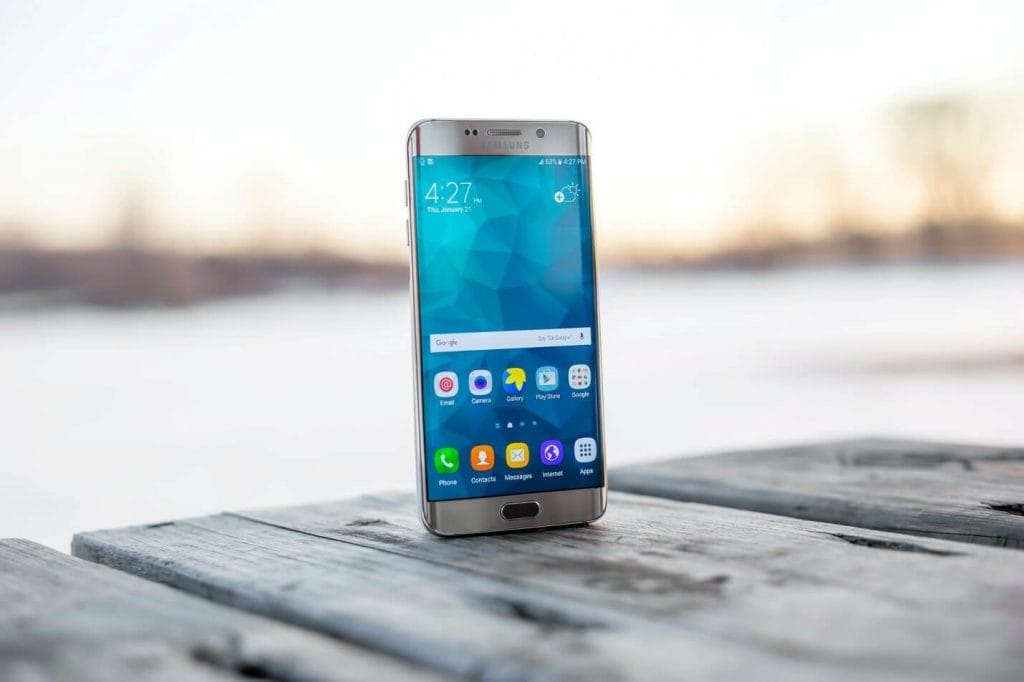To find the application, follow those steps: In this place, you can verify if your Android System WebView app is on or if it is disabled. While opening Google Play Store, you can also see pop-up information about updating this app. If you want to know more about the Android System WebView app, keep reading. Jump to:
What Is Android System WebViewDo I Need Android System WebView?Can I Uninstall Android System WebView?
What Is Android System WebView?
The Android System WebView is a web browser engine. It is built into Android phones. Thanks to it, you can open web pages within apps. With WebView, you can display any type of web content. All mobiles with Android have this application built-in. That means you don’t have to download it and it requires an update just once in a while. The app is based on the WebKit engine. It is a part of Android KitKat. It is based on Chromium: an open-source web browser. If you think that Chromium is similar to the Chrome browser, you are right. Android System WebView works in the same way: it loads web pages as any other browser, whether it is Chrome, Safari, or anything else. Android System WebView is also an important part of Android Studio. In this software, if you have sufficient knowledge about programming, you can create your own browser and other apps, including newsfeed and messaging apps. Let’s summarize it with two examples: If your friend sends you a YouTube link on your Viber, you are going to be able to watch it inside the same Viber chat. There is no need to open the YT website or head to your YouTube app. When you scroll through Facebook and see a link to an interesting article on your feed, you can click on it. When you do this, the link is going to open in an inner tab. This “mini-browser” is opened by WebView, but has all the features of a traditional browser, including text view, search, scrolling, content scaling, etc. If you would not have WebView on your mobile, you would have to leave Facebook or open the link in a separate browser every time you wanted to see something. It takes time and is very inconvenient if you just want to read an article and then go back to scrolling. Another example is Instagram with ads. When you check your Instastory, some interesting advertisements might pop up. When you click on them, WebView is going to open a “mini-browser”. Once you are done with checking the offer, you can close the site and go back to your Instastory, exactly in the place you were. When the Android System WebView is installed on your device and you keep it updated, you can save time and hardware resources. Otherwise, you would waste both on launching a separate web browser application. Thanks to this, you can also save your battery life, which is especially useful while traveling.
Do I Need Android System WebView?
As a regular Android user, you probably notice that the operating system decides if you need the Android System WebView or not. If you are an owner of Android Marshmallow (6.0) or below, you should leave WebView on for the best performance of your phone. However, if you operate on Android Nougat or above, there is no reason to enable it. Chrome can handle all the WebView app’s responsibilities. Developers who work on Android 7.0 or above, often use Android System WebView to build applications. Thanks to this, apps have the ability to open and interact with the website content without leaving the app itself. To allow launching websites inside apps, developers have to enable the WebView library and create an example of the WebView class. After that, creators add the WebView code and the web permissions. Thanks to all of this, you can be sure that browser capabilities are integrated with the application you create. Remember that if your mobile has an Android system below the 5.0 version, you should not install WebView manually, in case your device doesn’t come with it. Otherwise, you can risk being hacked as there might be some flaws in the code. Only install WebView on phones released in 2015 or later, with the Android version of at least 5.0. The system version below 5.0 had Android System WebView integrated into the operating environment. It could be updated together with Operating System and didn’t function itself. Starting from the Lollipop version, WebView became an individual app and this is why you can find it in Google Play. It happened because the tool is resource-intensive, can consume a significant share of RAM, and as an effect, influence the Operating System’s performance. This is why the better solution is to have it as an app, rather than as an integrated part of the Android system.
Can I Uninstall Android System WebView?
How Do You Do It?
If you have limited storage space and want to free up RAM on your mobile, you have to verify what files you don’t need. If you don’t know what the app is used for, as you might think if you never used it, it’s a natural reaction that you want to remove it and free some space on your device. However, you can always follow the rule that if you don’t know the app, it might be important for the operating system. When you get a phone with the Android System WebView app installed, you might assume it serves a purpose. The system is not going to let you delete it from the device. However, you can deactivate it. If you go to the application settings, you can see an option to clear the cache. You can also remove all the updates to get some free space. Once that’s done, to prevent further updates, you can deactivate the app.
Why Do Experts Advise to Not Disable the App?
Most mobile technology experts advise against disabling and deleting apps. Do it just if you really have to. Many other apps might not be able to work properly if you get rid of the Android System WebView. That includes weather-related apps, messengers, and social networking clients apps. There is a way to get rid of WebView completely: through rooting the device. However, that might negatively affect other apps or even the functioning of the whole device.
Why Might You Want to Turn Off Android System WebView?
If you have an older version of Android, updates for some parts of the system are no longer being released. This means that there is no fix for some vulnerabilities that appear in the older versions of Android, especially 4.3 and 4.4. When your system is not properly updated with all its components, there is more room for hackers and the risk that your device’s security is going to be compromised is much higher. This is why, if you are an owner of the older Operating System, you might want to deactivate the apps that are not going to be updated, including Android System WebView.
How Do I Turn On Android System WebView In More Recent Operating System Versions?
If you want to enjoy the Android System WebView app on your phone with operating system version 7.0 or above, you have to follow these steps:
Get rid of all web browsers. You can deactivate them or uninstall them.Go to Google Play and download the newest version of the Android System WebView.Open any application, for example Viber, that uses external links to verify if the downloaded app works as it’s supposed to.
Remember that if you activate any browser again, or download it, the WebView is going to be automatically deactivated by the system.
Conclusions
Thanks to the Android System WebView app, you can enjoy opening external links within the apps you use. That means you don’t have to switch to a separate browser, such as Chrome, Opera, etc. The newer versions of Android don’t need this app anymore, as they use the rendering engine of the installed browser to perform the same task. That means you don’t need to install the Android System WebView on newer Android phones. Other Relevant posts:
Δ Contact Us :- trendblog.guest@gmail.com



